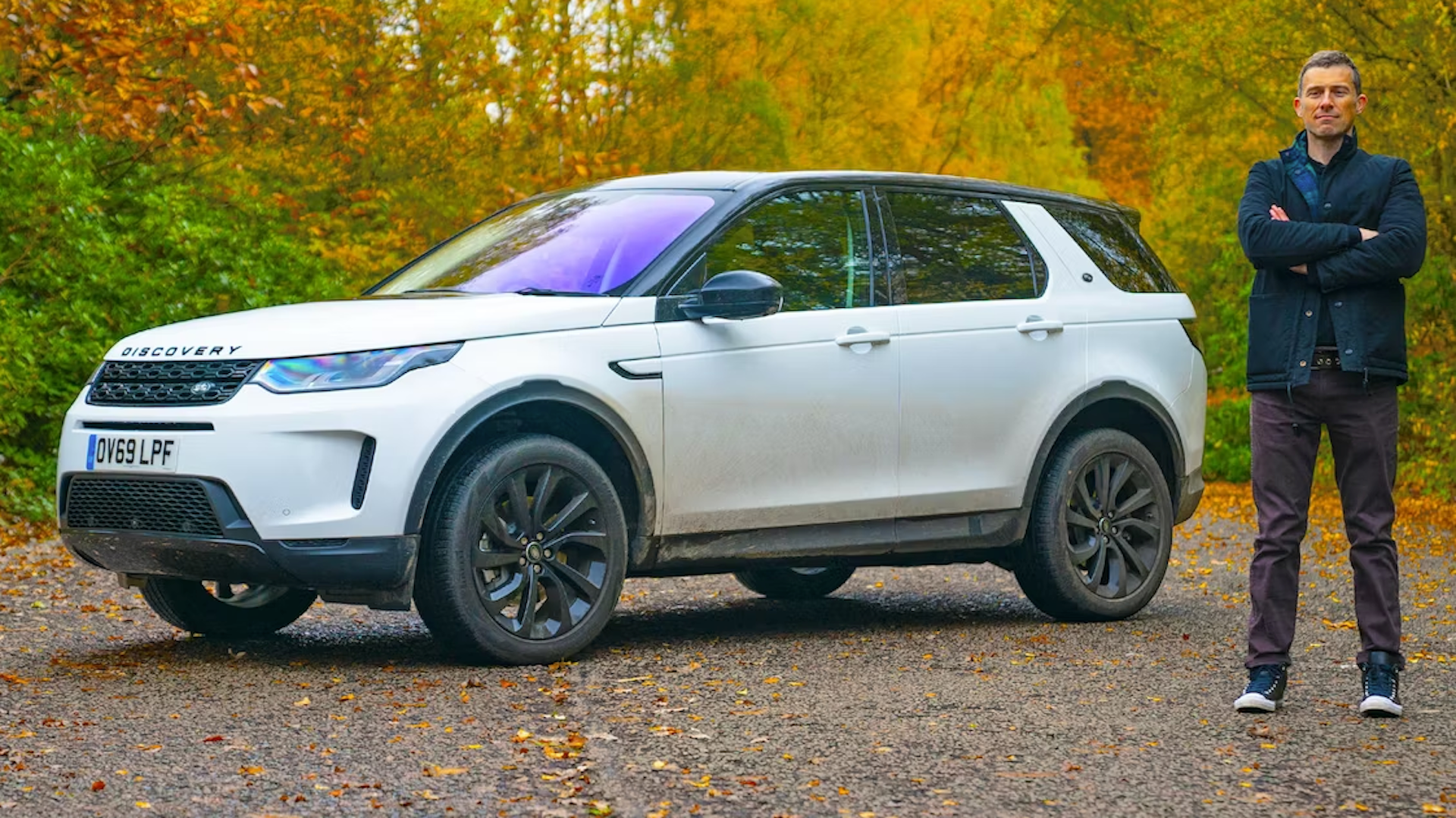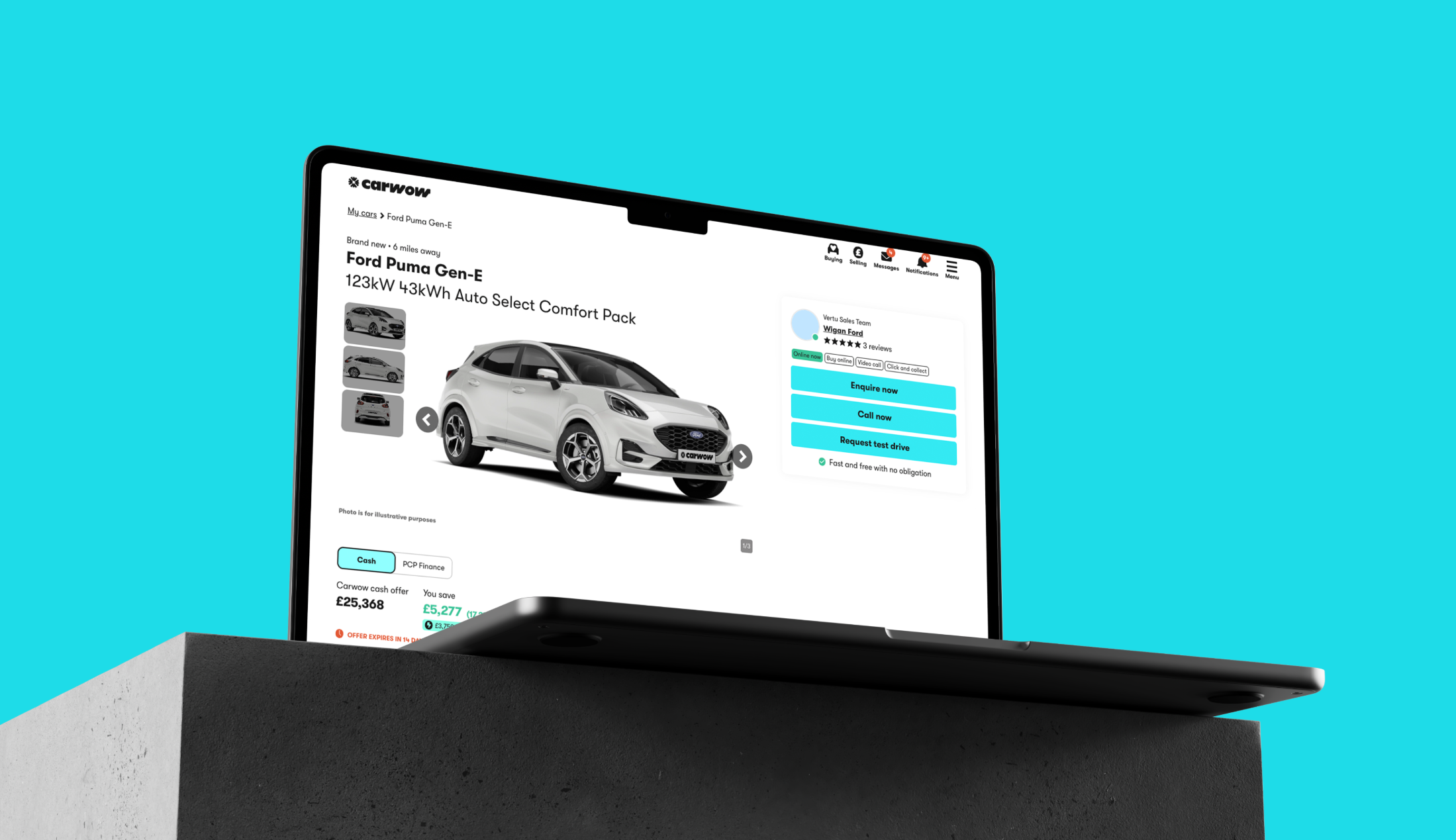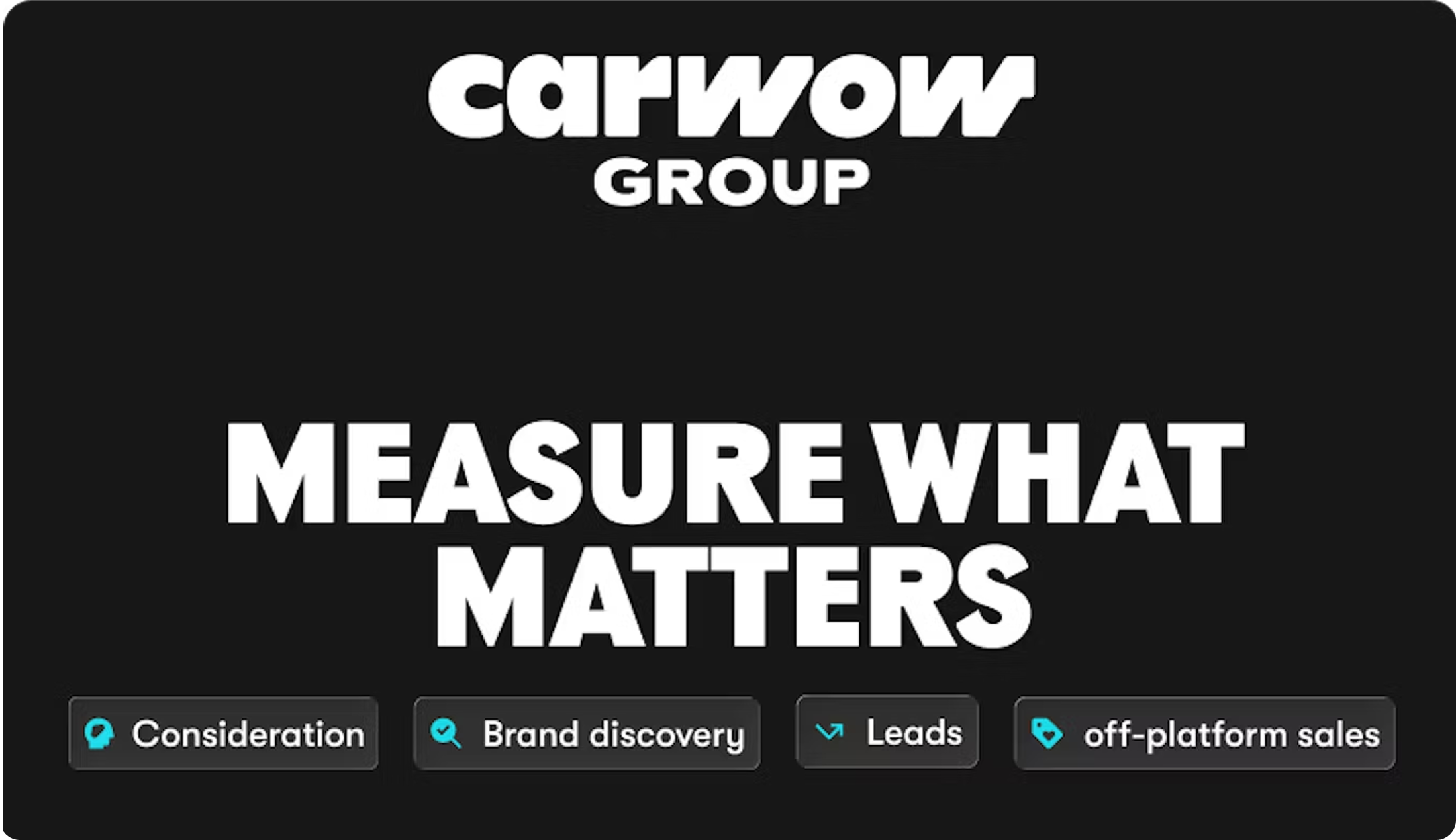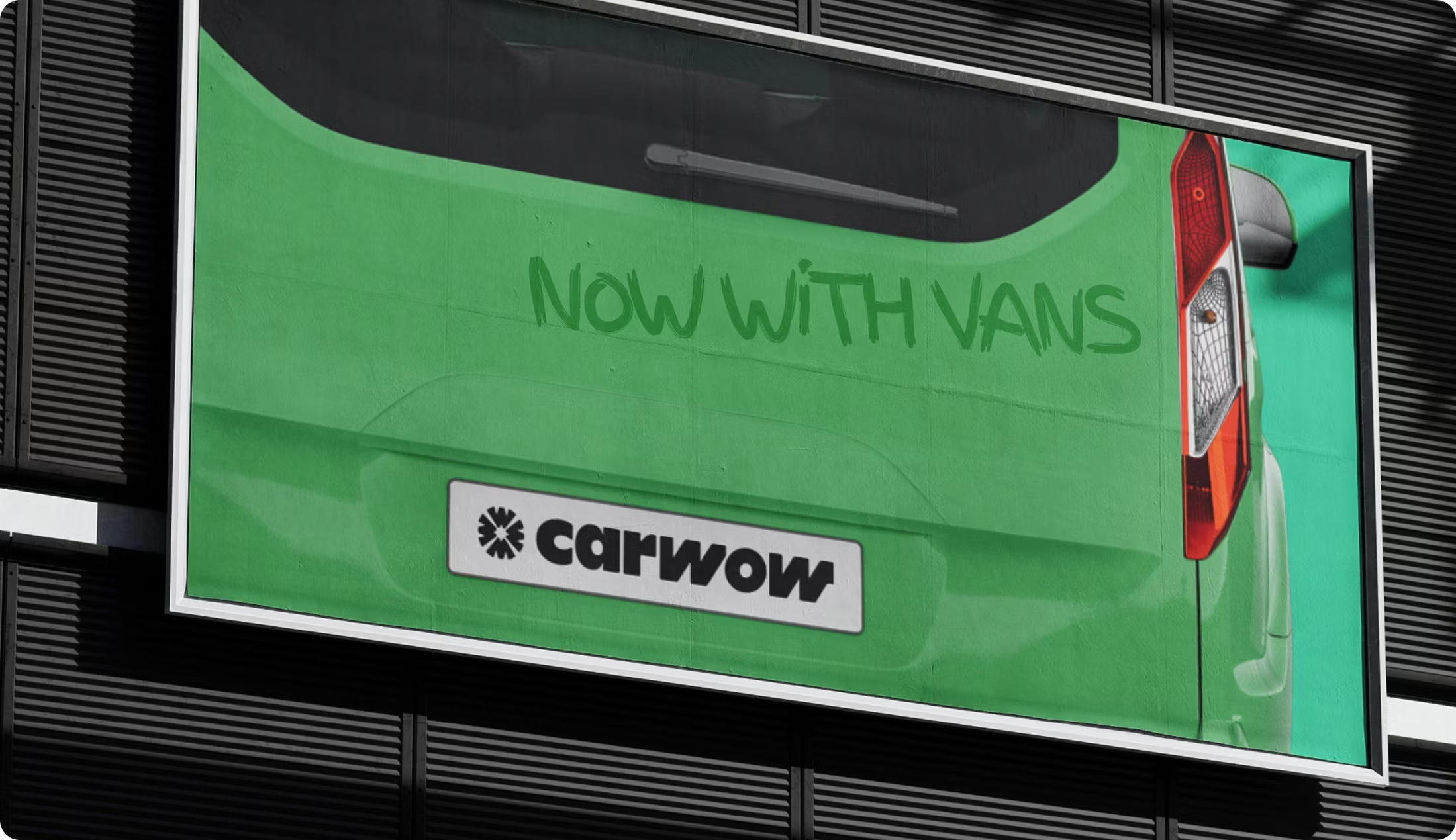Driving a sustainable future: why environmental leadership matters
April 15, 2025 by Alex Powel
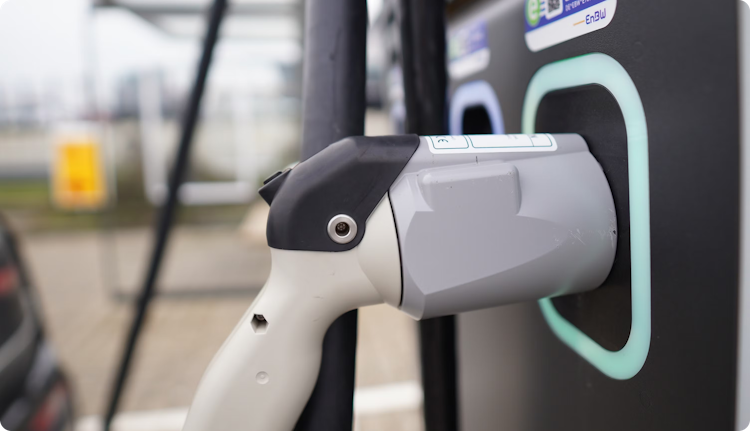
Following the recent Government announcement to double down on the 2030 deadline and ZEV mandate targets, although with a bit more flexibility for hybrids and vans, it reaffirms that over 80% of brand-new cars sold will be all-electric in just five years time.
That means all retailers, franchise and independent, must adapt to EV retailing to remain competitive. This transition requires business-wide changes and increased electricity demands. So, do you have the right infrastructure in place and are you positioning your business to capture increasingly sustainability conscious consumers?
A recent EU survey found that 73% of consumers consider environmental impact important when making purchasing decisions. As ZEV targets rise and used EVs continue to grow in popularity, car buyers will increasingly seek retailers with environmental expertise and proper EV support infrastructure.
Case study: How TrustFord transformed their dealerships to reduce carbon emissions and costs
TrustFord, the world's largest Ford dealer group, provides insight into what comprehensive sustainability initiatives can look like. Their approach spans multiple operational areas to help drive action.
“While significant effort has been put in to improve what we do to offset the impact of our product, and operations, we continue to speed up our actions - implementing our strategy in line with Ford’s comprehensive global sustainability strategy to reach carbon neutrality and net zero by 2050" Julia Greenhough, Marketing Director at TrustFord
5 key initiatives implemented by TrustFord
- Energy efficiency: LED lighting upgrades, optimised HVAC systems, and solar panel installations (generating 412,735kWh annually, reducing CO2 emissions by nearly 80 tonnes. Every year the business reviews its property portfolio and plans for further positive enhancements to their sites.
- Infrastructure investment: EV charging points installed at every location, including in workshops, enabling customers’ EVs to be handed over suitably charged. TrustFord also has a goal to achieve Energy Saving Trust gold standard certification for all sites by the end of 2025. Importantly, the certification is only achieved by demonstrating that every dealership teams’ knowledge and skills are in place to confidently look after new, used and aftersales’ customers and their vehicles.
- Fleet transition: introduction of hybrid and fully-electric company vehicles, ensuring TrustFord sales teams know the products inside-out, especially the realities of living with an EV and therefore are better equipped to sell EVs and handle customer objections.
- Waste management: implementation of recycling programs achieving 96% landfill avoidance.
- Digital transformation: remote selling tools and video capabilities that minimise unnecessary (and costly) travel.
Did you know…
- Since 2019, all businesses that meet at least two of the following criteria must report on their UK energy use and carbon emissions annually within their Directors’ Report or risk taking fines;
- 250+ employees
- turnover of £36 million or more
- balance sheet of £18 million or more.
- Potential investors increasingly factor environmental performance and social responsibility into funding decisions, as it can help them obtain cheaper capital themselves.
- Depending on the size of the building, retailers could save between £1,500 and £7,500 annually by installing solar panels on their rooftops.
5 highly recommended, actionable and effective sustainability initiatives
1. Install EV charging infrastructure
Invest in and install EV charging points at your showrooms and forecourts. Financial benefits include:
- Generates extra revenue through charging fees paid by EV owners.
- Increases customer dwell time by up to 50% leading to increased sales.
- Attracts a wider customer base, especially those considering EVs.
- Reduces costs and can generate revenue through Government grants and schemes like the Workplace Charging Scheme (WCS) which can cover 75% of the cost.
- Up to 95% return on investment over a five year period for well-managed projects.
2. Install solar panels
Installing photovoltaic panels on dealership premises to generate renewable electricity.Financial benefits include:
- Reduces energy bills significantly, with potential savings of 20-30%.
- Generates revenue by selling excess electricity back to the National Grid through the Smart Export Guarantee (SEG).
- Offers attractive payback periods, often ranging from 3 to 10 years, with the potential for a 3X return over the system's lifespan.
- Increases property value by an estimated 5-10%.
- Benefits from government incentives such as the Annual Investment Allowance (AIA) allowing deduction of the full cost from taxable profits, 0% VAT and Full Expensing tax relief.
3. Upgrade to energy efficient HVAC systems
Replacing outdated heating, ventilation, and air conditioning (HVAC) systems with more energy-efficient models and implementing smart controls. Financial benefits include:
- Reduces energy consumption and lowers utility bills, as HVAC systems are often the largest energy users in commercial buildings.
- Minimises wasted energy through features like programmable thermostats, smart controls, and zoning systems. Building Management Systems can potentially reduce energy consumption by up to 30%.
- Lowers maintenance costs associated with newer, more reliable equipment.
- May qualify for government incentives like the Enhanced Capital Allowance (ECA) scheme.
4. Upgrade to energy efficient LED lighting
Replacing traditional incandescent and fluorescent lighting with LED (Light Emitting Diode) technology. Financial benefits include:
- Achieves significant energy savings, often up to 75% compared to traditional bulbs.
- Reduces maintenance costs due to the significantly longer lifespan of LEDs (up to 50,000 hours or more).
- Offers a rapid return on investment, with payback periods typically ranging from 6 to 24 months and an average ROI of 1-3 years.
- May qualify for tax relief through schemes like the Enhanced Capital Allowance (ECA).
5. Transition your fleet to EVs
Replacing ICE courtesy cars and employee vehicles with electric models. Financial benefits include:
- Lowers fuel costs substantially with annual savings of hundreds or thousands of pounds per vehicle.
- Reduces maintenance costs, with servicing costs for EVs being around 18% less than for ICE cars.
- Provides access to tax benefits and incentives, including 100% first-year capital allowances, lower Benefit in Kind (BIK) tax rates, and potential plug-in grants.
- Offers a competitive Total Cost of Ownership (TCO) compared to ICE vehicles.
Where to start?
At Carwow, we're committed to partnering with retailers and brands on this journey, sharing insights and developing solutions that align business success with positive environmental impact. Together, we can drive toward a profitable and sustainable automotive future.
If you’re at the start of your sustainability journey, we’d be delighted to share our own learnings so far. We’ve also got multiple partners and projects we can connect you with. Feel free to reach out to me directly alex.powel@carwow.co.uk
Special thanks to Julia Greenhough and TrustFord for sharing their commitments to sustainability.
